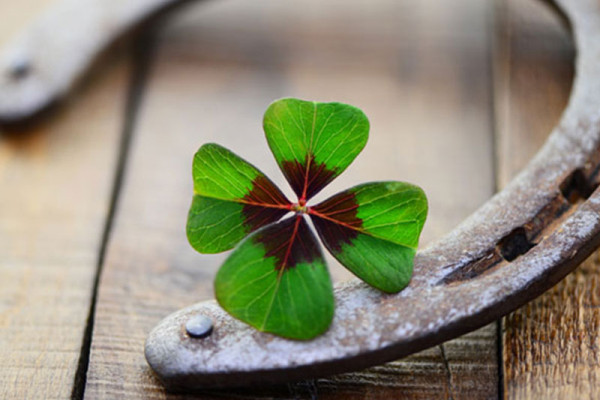Why do the Three Wise Men bring gifts only to Spain?

We all know that while the rest of the world waits for Santa Claus to come on the 25th of December from the North Pole (today there are even mobile apps that track his journey), in Spain, it’s more common for children to wait for the three Magi to bring their gifts. Why the difference?
First of all we should keep in mind that there are many different legends and traditions about imaginary gift-bringers who visit children at this time of the year. The Magi, Santa Claus, Saint Nicholas or Baby Jesus are just some of the most famous. But there are many others like Saint Basil in Greece, Befana in Italy (she’s similar to a fairy or even a witch), the thirteen Yule Lads in Iceland (they resemble trolls), the Tió de Nadal (Catalonia and Aragon) or Olentzero (Basque Country).
The specific dates they visit children who’ve been well behaved all year round varies in different places according to tradition.
Saint Nicholas is the first one to fill the shoes of German, Romanian and Dutch children with candy and chocolate on the eve of December 6th. In fact, the name of this saint in Dutch, Sinterklaas is the origin of the name Santa Claus in English. Saint Nicholas of Bari was a person who existed in real life and who, because of his generosity, especially towards children, has become the central figure of this tradition. Over time, he lent his name to Santa Claus, who leaves gifts under the Christmas tree on December 25th.
Previously, in the United Kingdom there was another character, part of a much older legend called Father Christmas (Père Noel in French and thus, Papa Noel in Spanish). Gradually, the image of Father Christmas mixed with that of Saint Nicholas, and continued to evolve into the Santa Claus dressed in red that we know today.
In Portugal, the tradition was that on the night of December 24th, parents put baby Jesus, who had just been born, in the Nativity Scene and at the same time, they left gifts for their children under the tree. This is why children saw a connection between baby Jesus and the gifts, because if Jesus was not in the manger yet, it meant that the gifts had not arrived, either.
In most Latin American countries this tradition has continued and for this reason, in that part of the world it is believed that baby Jesus (Niño Jesús or Niño Dios) is the one who brings the gifts and not Santa Claus.
In Spain, since before 1885, when the first cavalcade had already been documented, Los Reyes is one of the most celebrated festivities of the year. It is considered that the Three Wise Men, Melchior, Gaspar and Baltasar are the ones who gift children, in the same way that they brought gifts to Jesus when he was born. What you may not know is that the Bible never really specifies how many Magi there were, much less their names; these are some details that we’ve added over time. The Bible only says that the gifts they brought were of three types: gold, incense and myrrh. For this reason, we now assume that there were three Wise Men, but actually in the Eastern Christian tradition, it was believed there had been twelve Magi, and not three, the same number as the apostles of Jesus.
Apart from this, they were not really kings1 either, but priests. And if you thought that the word Magi has to do with magic you are wrong. The term magus was not used back then to refer to sorcerers, whose practices have never been well regarded by religion, but to refer to a sage or a man of science. Particularly, the Three Wise Men knew a lot about astronomy and astrology, for this reason it was they who knew that Jesus was born when they saw a star and they found him by following it.
However, who the Magi really were does not matter because the charm of these traditions doesn’t stem from the truth of the historical events behind them. Actually, the custom of giving gifts sometime around the winter solstice (December 21st) is something that people have been doing since ancient times (in the Roman Empire it was during a holiday called Saturnalia). And although, from generation to generation we have been changing the narrative, the happiness and excitement that we felt as children looking for the gifts that had magically appeared during the night is what makes us follow the tradition. We continue telling these stories because deep down we know that in reality, that unforgettable feeling is the best gift we can give our children.
Artículos relacionados
Comment















